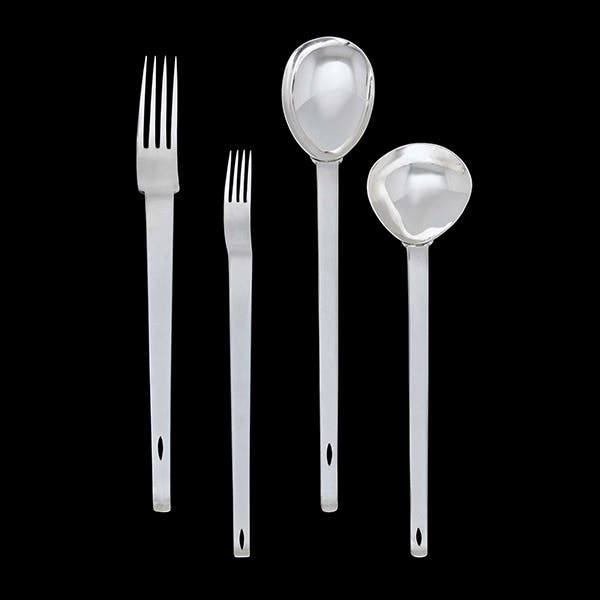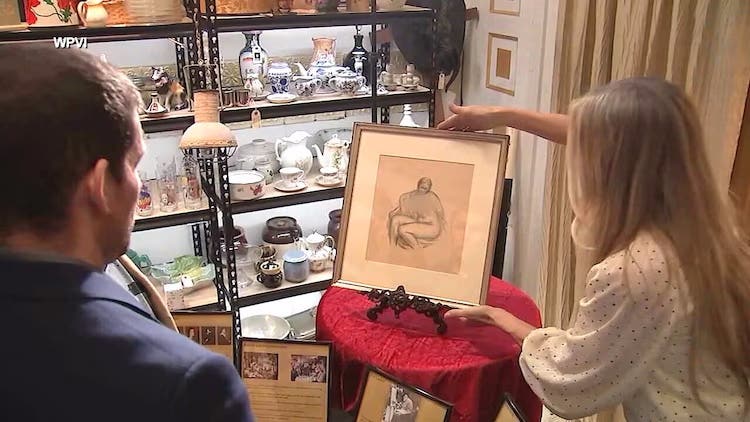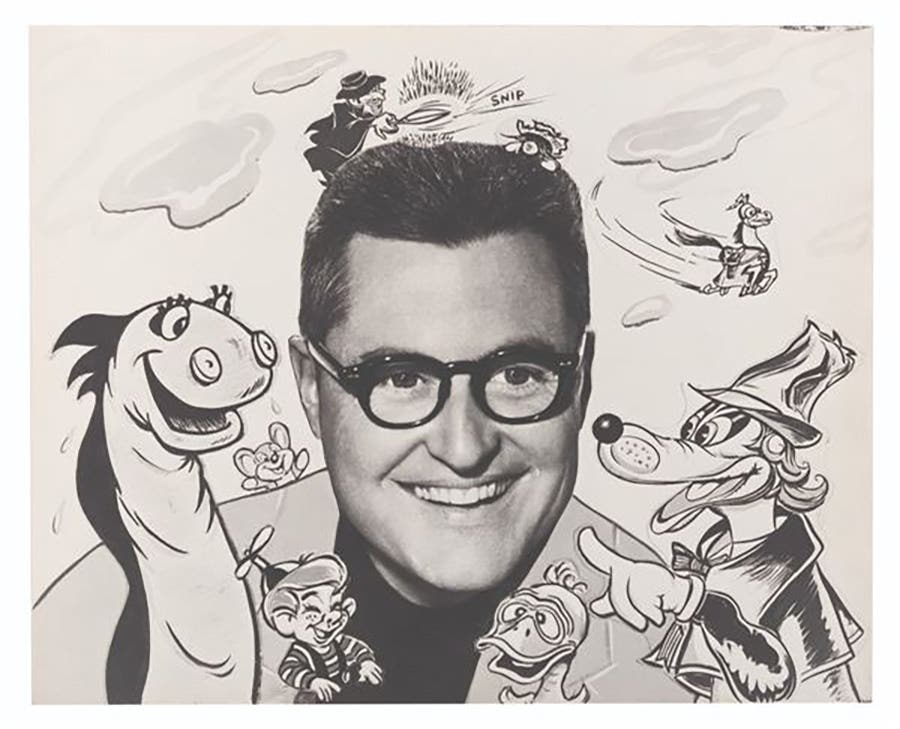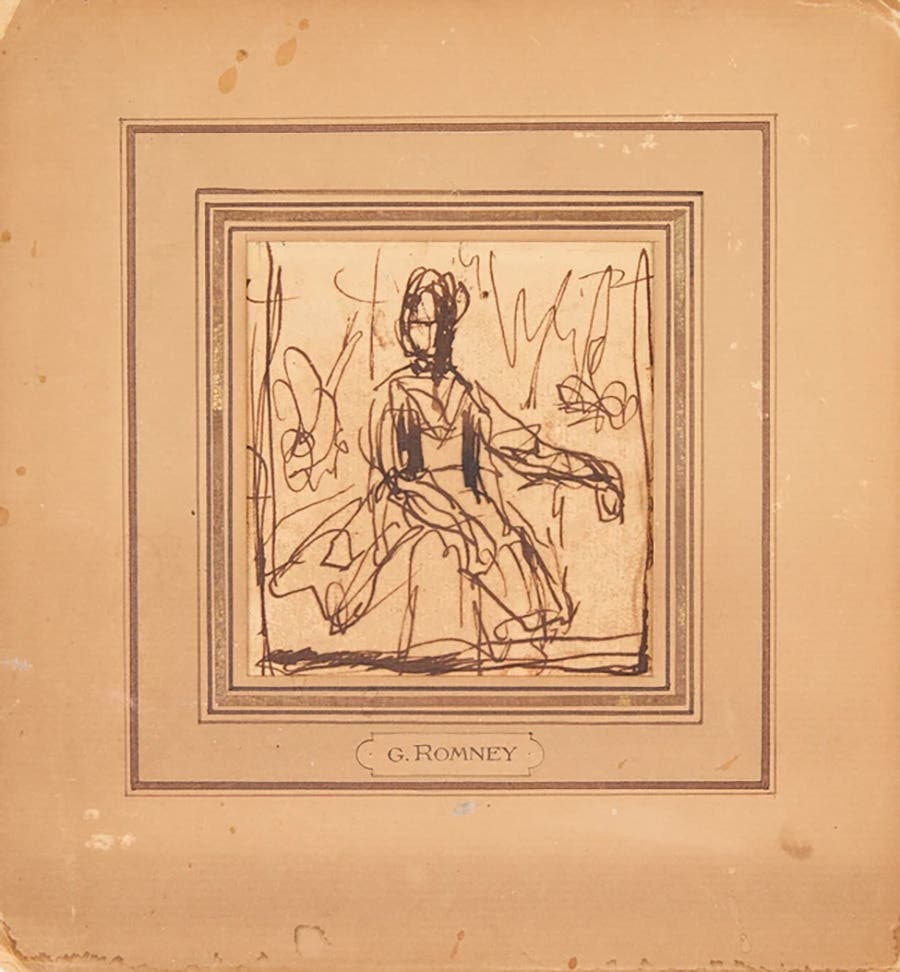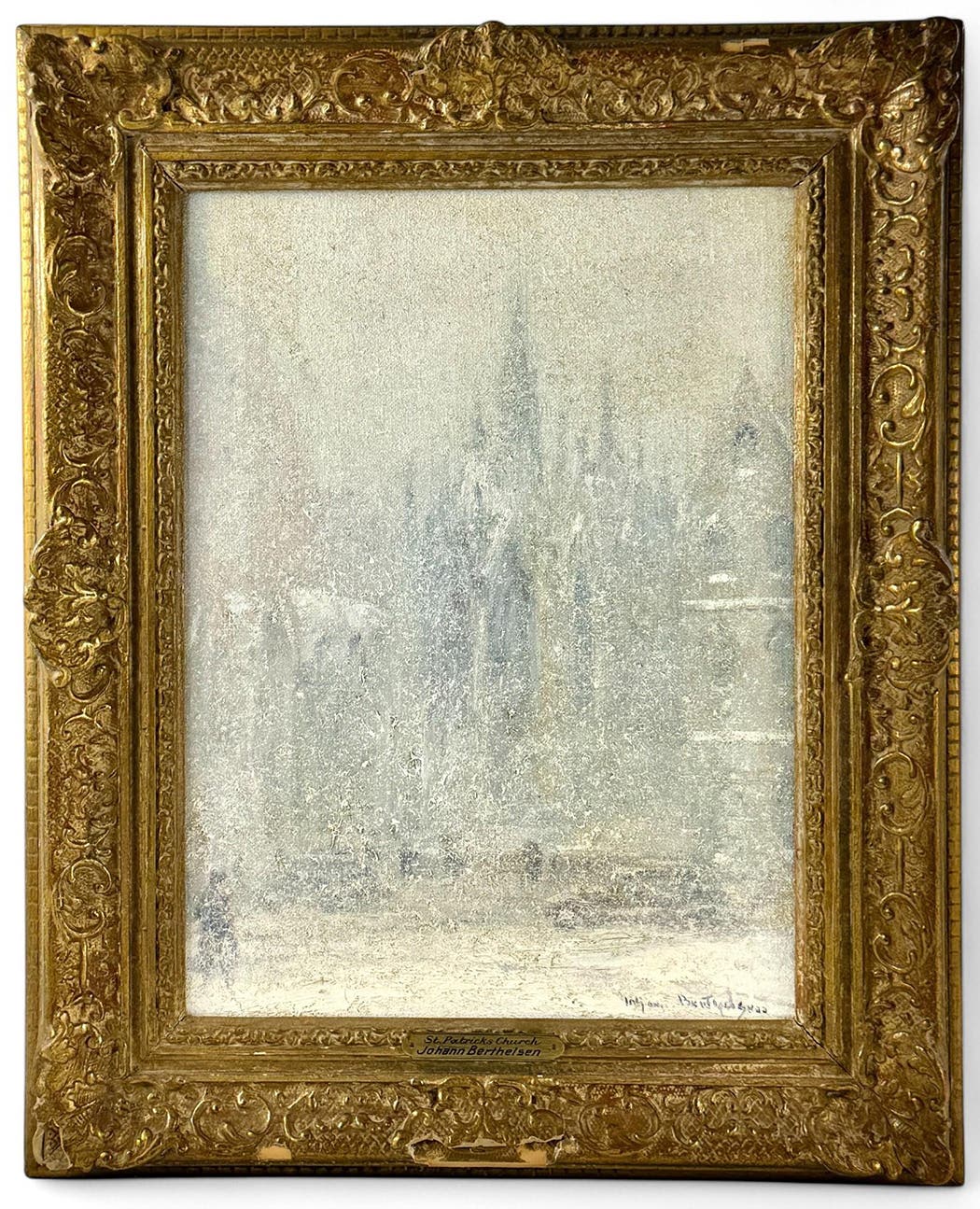All About Art: Evolution of a family business
Woodshed Art Auctions is celebrating 50 years as a family business, with a legacy steeped in art. The legacy began with a framing business and evolved into an auction business.
FRANKLIN, Mass. – When James and Angelina Wood opened The Woodshed Gallery in the sleepy suburban town of Franklin, Mass., five decades ago, they couldn’t have foreseen the many changes in basic American life that would ultimately transform their little picture framing studio and makeshift art gallery in a four-car garage into the internet-based fine art business it is today.
Setting up Shop Amidst Global Change
The year was 1968 – a year that saw plenty of seismic shifts across America and the world. The Vietnam War, and the civil rights and women’s liberation movements were headlining the news. The assassinations of Bobby Kennedy and Martin Luther King were also lead stories. Events in a year of change and tumult. One thing that didn’t change much at all though was technology. We were still in the analog age.
James Wood tended to the picture framing side of the business, while Angelina used space to paint watercolors – mostly local scenes, such as cow farms and churches. She held classes there, too, teaching others the fine art of watercolor painting. Their two daughters, Mary-Ann and Lois, were involved in the business for decades, starting in high school. Son Bruce pitched in as well.
And that’s how it was for The Woodshed Gallery in the years leading up to the new millennium. Pictures were framed, art was produced and other local artists dropped by to say hello. Some of those artists may consign a painting or two. Then, in the early 2000s, the big box stores popped up, siphoning off picture framing revenues.
Branching Out From Family Business
The family soldiered on, with the parents and two daughters keeping the business afloat in the face of lower-priced competition. Bruce’s interests were more in fine art than in picture framing. He went on to earn a BFA from Massachusetts College of Art and an MFA from The School of the Art Institute of Chicago. He became an artist, art conservator and experimental filmmaker.
Bruce’s successes spanned the decades. In the beginning with solo exhibitions in the 1970s at the Institute of Contemporary Arts in London and the Museum of Modern Art (Beaubourg) in Paris. More recently, his early work received retrospective exhibitions in Chicago and Madrid. Plus, his work is inclusive in programs of mid-century abstract experimental films in New York and London.
He opened art galleries in Chicago and Michigan, buying and selling fine art and cementing his burgeoning reputation as an expert conservator of oil paintings. Meanwhile, back in Franklin, the early 2000s saw changes for The Woodshed Gallery. Angelina died in 2003 and James’s health began to decline. Lois moved to Florida around 2004 to start her own picture framing business.
Pursuing Passions
Bruce lent his time and expertise to help with the family business as best as he could, but he still
had two galleries and a conservation business to run halfway across the country. Then, the financial crisis of 2008-2009 hit, and it was so devastating Bruce had to close both galleries. His conservation work sustained him during those tough times, then his father passed away in 2013.
At that point, Mary-Ann was running The Woodshed Gallery, with some long-distance help from Bruce, but she needed full-time support so Bruce relocated his art restoration business from Chicago to Franklin, then purchased the property from his parents’ estate and became the sole owner of The Woodshed Gallery. Mary-Ann left to pursue her passion, costume jewelry design.
It turned out timing couldn’t have been better for Bruce. “New England is full of old paintings in need of restoration, so I was busy right from the start,” he said. “Then, I became an underwriter for the Providence (R.I.) affiliate of the PBS series Antiques Roadshow. That was like a magnet, attracting even more business. PBS has a loyal, educated base, and that worked in my favor.”
It didn’t hurt, either, that the state and local economies had come roaring back in the 1980s. It became a phenomenon nicknamed the Massachusetts Miracle, which allowed for additions to be put onto the garage, effectively tripling it in size. A new road was built that made driving from Franklin to Boston a breeze, too, bringing more business. And the NFL stadium in nearby Foxboro, where the New England Patriots play, is near to Franklin. That increased awareness of the town.
Birth of Auction Business
In 2014, a conversation with a man who had paintings to sell would change Bruce’s life forever. “The more we talked the more we agreed that auctioning the artwork was probably the best way to go, and I was about to suggest a reputable auction house or two in the area when it occurred to me, ‘Wait a minute. I bet I can auction these paintings as well as anyone else.’” The man agreed.
Bruce began to make plans for his first public auction, in the very birthplace of The Woodshed Gallery – the four-car garage in Franklin, which had become his art restoration and conservation studio. But another conversation derailed that plan and launched Bruce Wood into the digital age.
The conversation was with Mr. Dylan Ferrara, an auctioneer who’s licensed to give classes.
“He told me not to conduct a live auction,” Wood recalled. “I just stared at him. ‘Why not?’ His answer: ‘You don’t want to be committed to methods that are outdated. For you to hold a live art auction, even a small one in your garage, you’ll need 12 to 20 people. You’ll have all kinds of headaches, both personally and logistically.’ Ferrara’s prescription was an internet-only auction.
Education and Experience With Art Essential Factor in Auction Business
Bruce Wood took that advice and never looked back. The sale was a success, buyers and sellers were pleased with the outcome, and a new business was soon created with a name all its own: Woodshed Art Auctions. In just over three years, the firm has carved a niche in the crowded and competitive fine art auction marketplace. That wouldn’t have been possible without the internet.
Today, Woodshed Art Auctions conducts sales throughout the year. In April 2017, it held its first Prestige Signature Collection: Master Artworks auction, the confluence of a group of excellent pieces arriving at once in the gallery and limited to artworks by internationally recognized artists. It was a debut auction, featuring just 26 works. The top lot was a Van Gogh drawing ($12,000).
Many artworks in Woodshed sales are attributions – paintings and drawings done “in the manner of” an artist, but lacking the paperwork and provenance to officially declare them authentic. It’s a challenge, determining what art is genuine and what isn’t, but Wood is up to the task, having decades of experience in restoration and conservation and an arsenal of modern-day technology.
The most sophisticated is the near infra-red spectrometer, used to identify the components of paints, inks, canvas and paper. “The spectrometer is a very specialized tool that has already identified some works as non-authentic, and others as possibly the real deal,” Wood said. “We’re examining some Van Gogh drawings with it now and the materials date from the right period.”
Tapping Into Technology
Other tech-tools include ultraviolet spectrum lighting and UV camera, which shows retouching, restoration, and old and new varnishes; and infra-red lighting and IR camera, which show some of what may be under the paint, not visible to the naked eye (in some instances it has revealed under-drawings, changes to the composition and entire paintings hidden beneath the surface).
Also put to good use are a surgeon’s binocular microscope, which aids in examining paint and varnish layers; and a variety of conservation tools and chemicals that are sometimes used to determine the age of paints. “Oh, and our brains come in handy, too, from time to time,” Wood said, giving a nod to good old-fashioned eyeballing, gut feeling and a little Yankee intuition.
Wood has a dedicated staff of two. The first is his partner, William Janosco, an artist and art historian. Janosco's background is 19th and 20th century American art. He also has two degrees in fine art. The men co-owned and operated the Fenway Galleries in Chicago and Michigan before Bruce relocated back to Massachusetts. There, Janosco helped him launch Woodshed Art Auctions.
Both men have strong museum backgrounds. Janosco was Director of the Library at the highly regarded Terra Museum of American Art in Chicago, and for years he was a photo researcher at the Ryerson Library of the Art Institute of Chicago. Bruce, as a conservator of oil paintings, is a member of the International Institute for Conservation of Historic and Artistic Works in London.
Bringing Work by the Masters Before Bidders
The other person on the team is Mary Jameson, an art appraiser certified through the Rhode
Island School of Design and The American Society of Appraisers. She’s also an accomplished visual artist and the co-owner of Saltwater Studio, an art and design studio in Newport, R.I., where she exhibits her artworks. Bruce has also enlisted the help and expertise of Dr. Lori Verderame, the fine art appraiser and TV personality.
In the few short years it’s been operational, Woodshed Art Auctions has held numerous online-only auctions, featuring some of the most famous names in the history of fine art, such as Van Gogh, Matisse, Monet, Renoir, Chagall, Warhol, Lichtenstein and many others. The biggest problem before wasn’t attracting consignments, it was spreading the word to potential bidders.
Now, thanks to aggressive marketing, advertising and public relations, that dilemma has flipped. Bruce has plenty of buyers; now he needs a stronger and steadier stream of artworks, to fill a seemingly insatiable desire for original and attributable artwork at attractive price points. There’s little doubt that will happen. Success does beget success. James and Angelina would be proud.
Contacting Woodshed Art Auctions
Woodshed Art Auctions is a family-owned art gallery specializing in oil painting restoration and live and online art auctions, celebrating its 50th anniversary. The firm is always accepting quality artworks for future auctions. To inquire about consigning a single piece or an entire collection, you may call Bruce Wood at 508-533-6277; or, e-mail him at bruce@woodshedartauctions.com.
For more information about Woodshed Art Auctions and the firm’s calendar of upcoming online-only fine art auctions, please visit www.woodshedartauctions.com.




